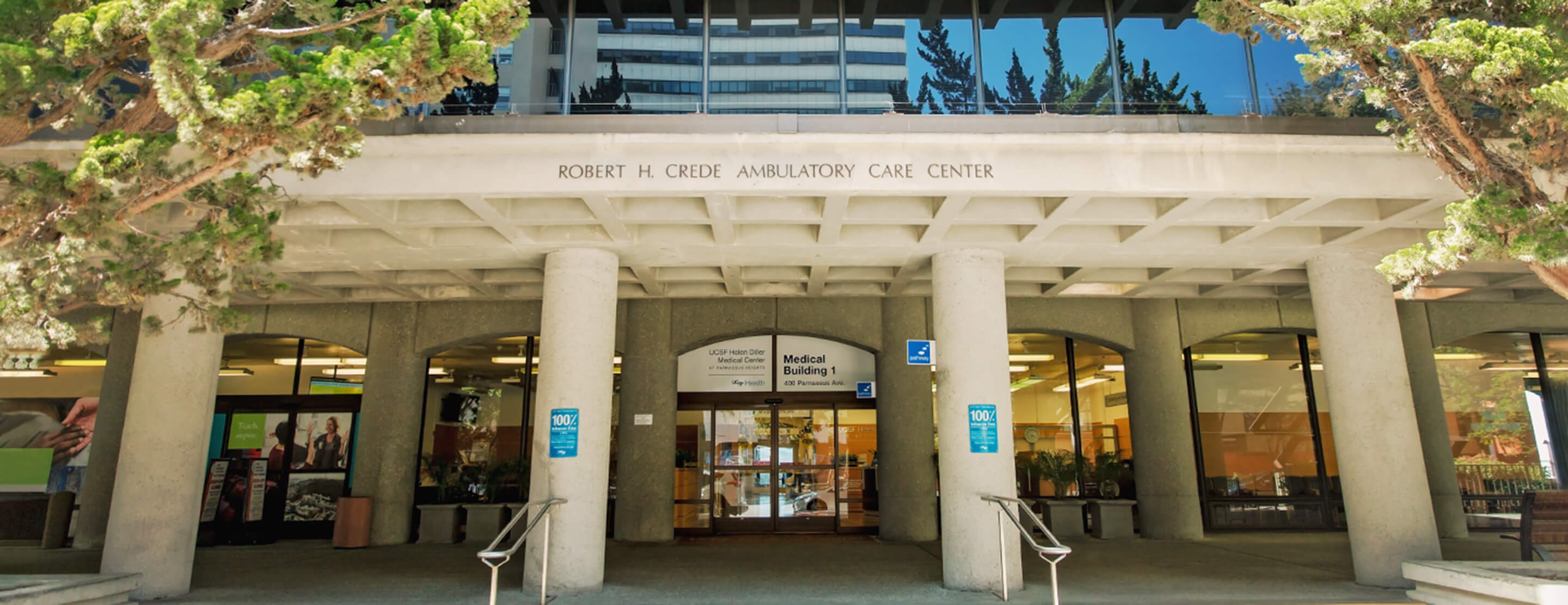
Surgical Treatment for Peyronie's Disease
Surgery has been shown to be the most effective treatment for Peyronie's disease in correcting the curvature of the penis. However, it is usually only recommended in severe cases for patients who fail to respond to non-surgical therapy and have curvature for longer than 12 months.
UCSF Medical Center offers the latest surgical techniques for Peyronie's disease. These include placation, grafting and penile prosthesis.
Plication |
Grafting |
Penile prosthesis |
|
Surgical technique |
Stitches are put on the longer side of the penis to pull the penis to the middle |
Incision is made on the short side of the penis and a graft — either a vein or pig small intestine graft — is placed to match the long side |
A prosthesis is placed to help erection and straighten the penis |
Penile length |
Same as the length when penis stretched in the flaccid state |
1/2 to 1 inch longer than the stretched penile length |
About the same as stretched penile length |
Risk of impotence after surgery |
Very small |
From 10 percent to 50 percent depending on penile circulation |
N/A |
Risk of nerve injury |
Small |
High |
High |
Operation time |
1 hour |
3 to 4 hours |
3 to 4 hours |
Anesthesia |
Local plus sedation |
General or epidural |
General or epidural |
Hospital stay |
Not necessary |
Overnight stay |
Overnight stay |
Return to work |
1 day |
2 to 3 days |
2 to 3 weeks |
Resume sexual intercourse |
5 weeks |
8 weeks |
5 to 6 weeks |
Other considerations |
Cannot correct indentation or hourglass deformity |
Second incision needed if vein is used |
Higher infection rate |
UCSF Health medical specialists have reviewed this information. It is for educational purposes only and is not intended to replace the advice of your doctor or other health care provider. We encourage you to discuss any questions or concerns you may have with your provider.






